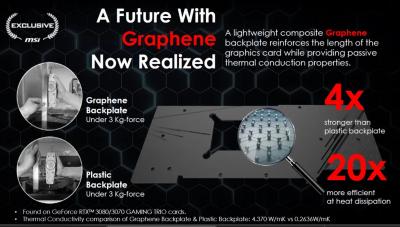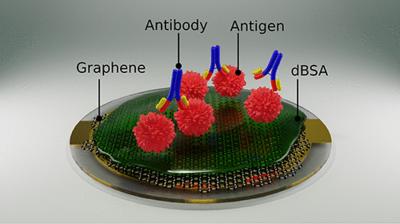Los Alamos team designs a method to test rust on graphene-protected cars, planes, ships
Researchers at Los Alamos National Laboratory have found a possible way to evaluate the effectiveness of graphene-based protective barriers.
It’s about creating and using extra-corrosive air and observing its accelerated effect on the graphene-protected materials. Simply by imparting oxygen gas molecules with a slight kinetic energy, we could extract information about decades-worth of corrosion in a minute, said Hisato Yamaguchi, a lead Los Alamos National Laboratory scientist for this research. We create a portion of air artificially, including oxygen with a physics-defined energy distribution, and expose that to graphene-protected metals.










